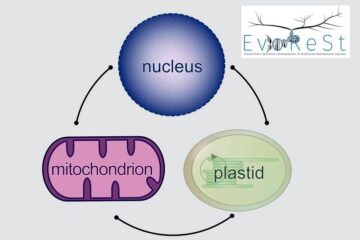Compounds regulating the ThiM riboswitch – New Compounds and their use as antibiotics

Since the discovery of antibiotic substances and their use against microbes, bacteria have evolved to defend themselves by acquiring resistances. Especially in hospitals where bacteria are exposed to a wide array of antibacterial substances, multiresistant strains (e.g. MRSA) arose.
This is why it is not only necessary to have an ongoing search for new antibiotic substances, but to also find and use new antibacterial targets implementing new mechanisms of action. New antibacterial targets are constituted by the lately discovered riboswitches. Riboswitches are mostly found in the 5'-untranslated region of bacterial mRNA and regulate 2 4% of all bacterial genes. In the past it has been shown that metabolite analogues can be employed to trigger riboswitch function thereby modulating its regulatory character. Thus, it would be desirable to provide compounds that also target the thi-box riboswitch and exhibit antimicrobial activity. In H. influenza and other pathogenic bacteria the thi-box riboswitch has been shown to be involved in the regulation of essential genes. The activation of the thi-box riboswitch is triggered by binding to the metabolite thiamine pyrophosphate (TPP). Analogues like pyrithiamine have also been shown to act on thi-box riboswitches and, due to this, influence bacterial growth. Beneficially, screening revealed several compounds which down regulate the expression level of β-galactosidase in response to activation of the thi-box riboswitch more efficiently than pyrithiamine. This indicates that compounds according to the invention can be useful as antibacterial substances and provide a novel approach to the treatment of bacterial infection.
Weitere Informationen: PDF
PROvendis GmbH
Tel.: +49 (0)208/94105 10
Ansprechpartner
Dipl.-Ing. Alfred Schillert
Media Contact
Alle Nachrichten aus der Kategorie: Technologieangebote
Neueste Beiträge

Neuartiges Material für nachhaltiges Bauen
Innovativer Werkstoff für eine energieeffiziente Architektur: Forschende des Karlsruher Instituts für Technologie (KIT) stellen in der aktuellen Ausgabe der Fachzeitschrift Nature Communications ein polymerbasiertes Material mit besonderen Eigenschaften vor. Das…

Neues Antibiotikum gegen Erreger der Flussblindheit und Lymphatischen Filariose
Prof. Achim Hoerauf, Direktor des Instituts für Medizinische Mikrobiologie, Immunologie und Parasitologie des Universitätsklinikums Bonn (UKB), und seinem Team ist es in Kollaboration mit der Abteilung Pharmazeutische Technologie und Biopharmazie…

Evolutionäre Genomik: Folgen biodiverser Fortpflanzungssysteme
Die Deutsche Forschungsgemeinschaft (DFG) fördert die Einrichtung eines neuen Graduiertenkollegs (GRK) in der Biologie an der Universität Göttingen. Das GRK mit dem Titel „Evolutionary Genomics: Consequences of Biodiverse Reproductive Systems…

















